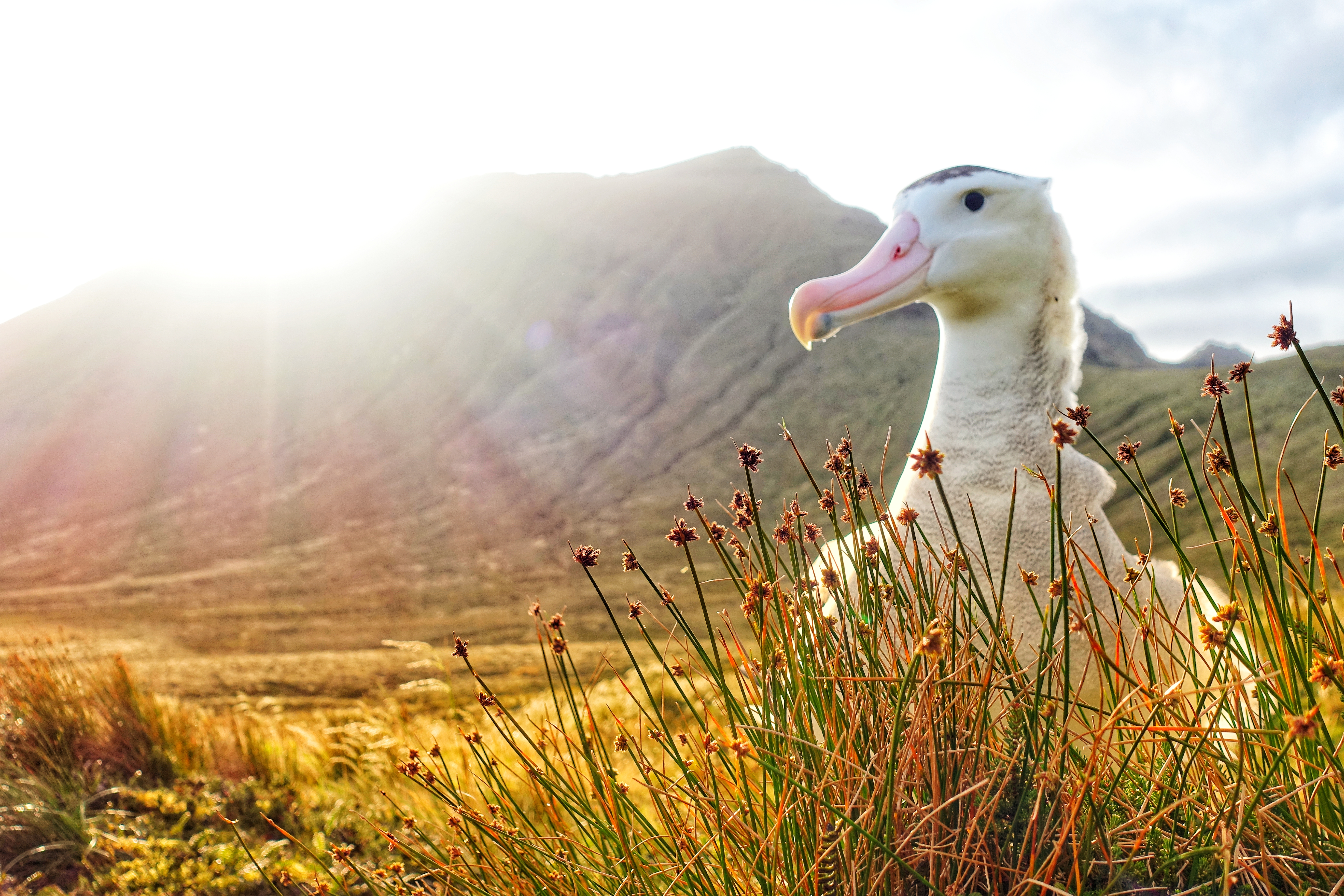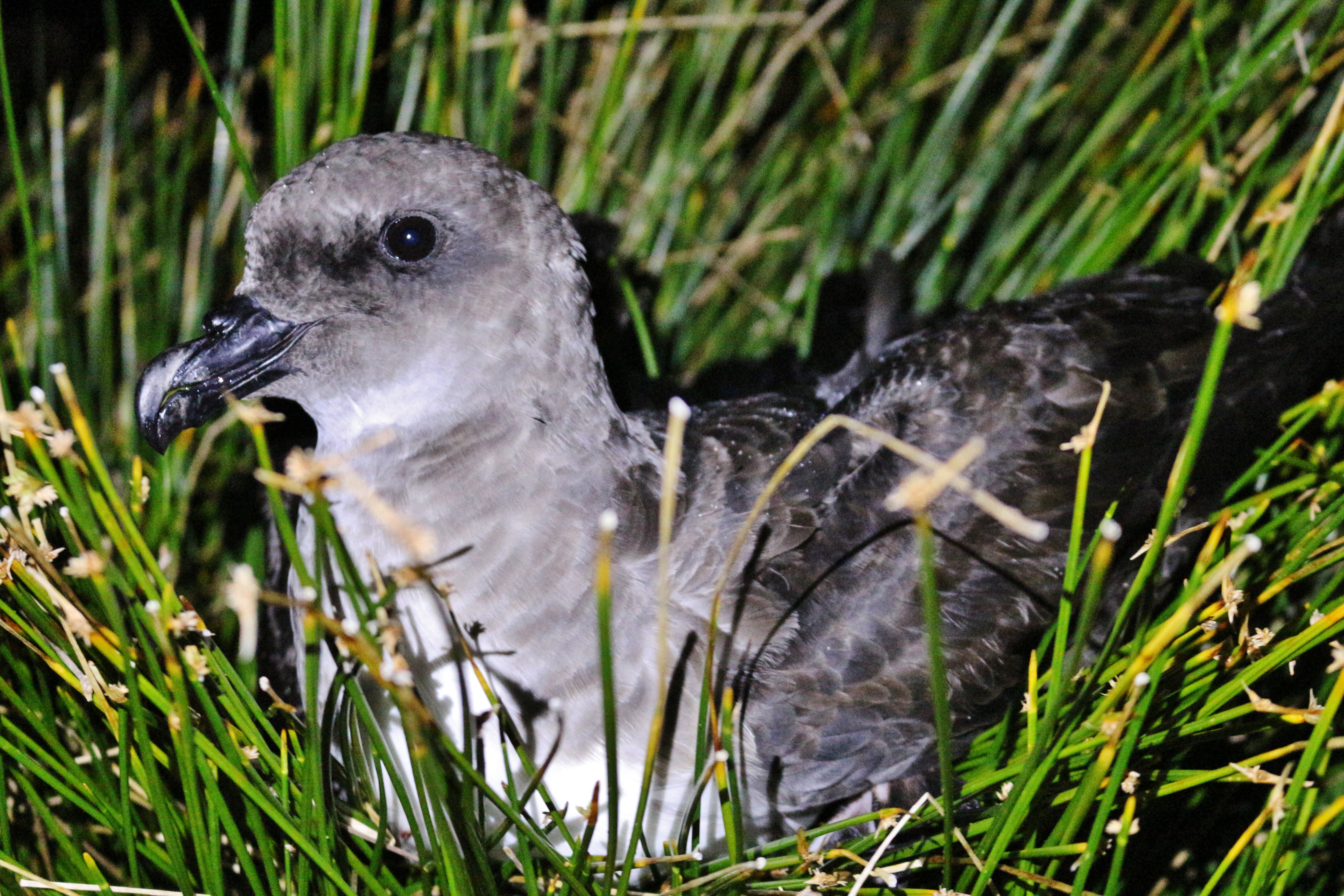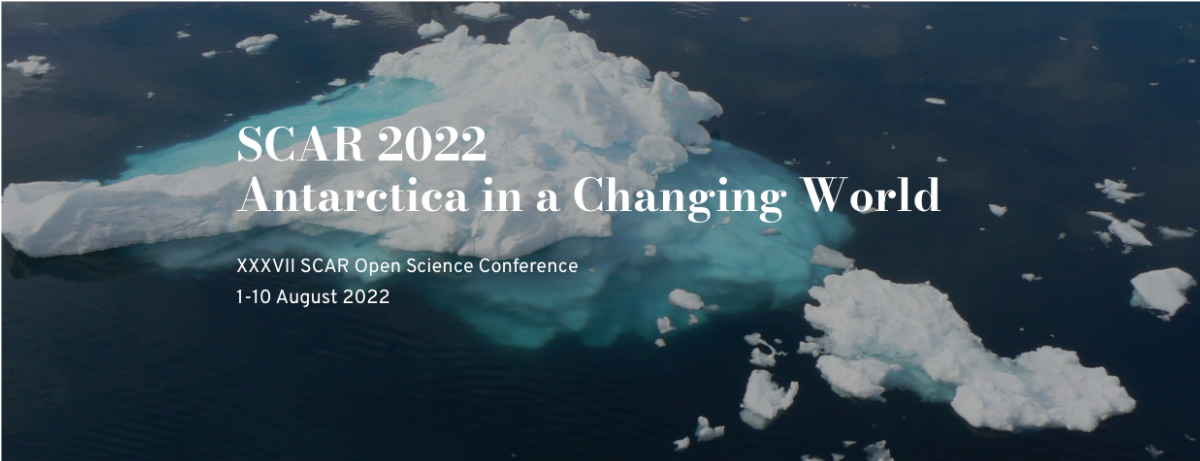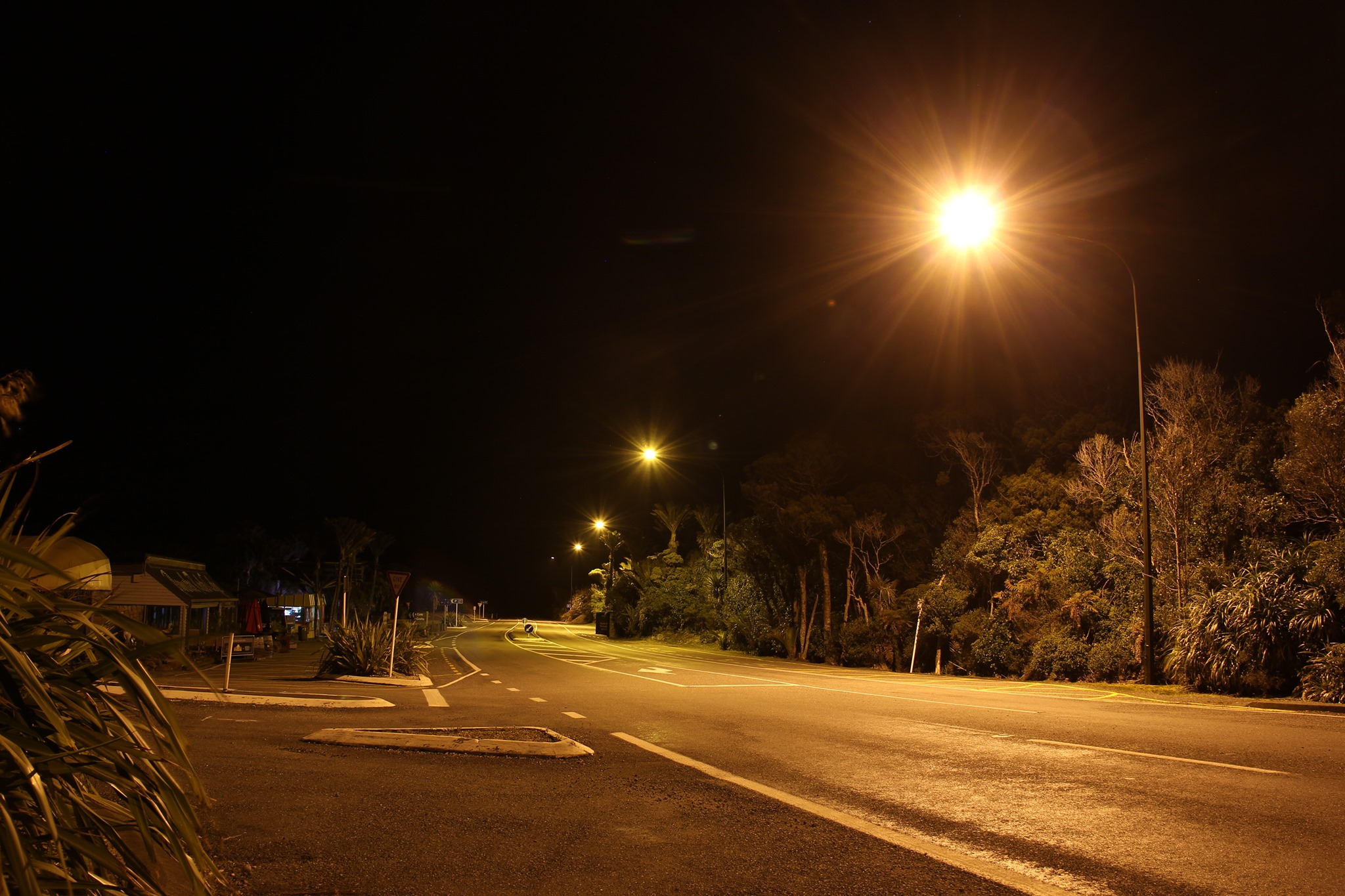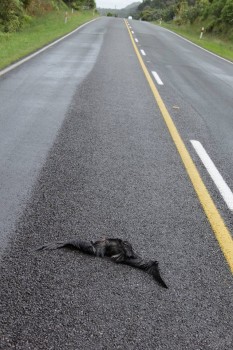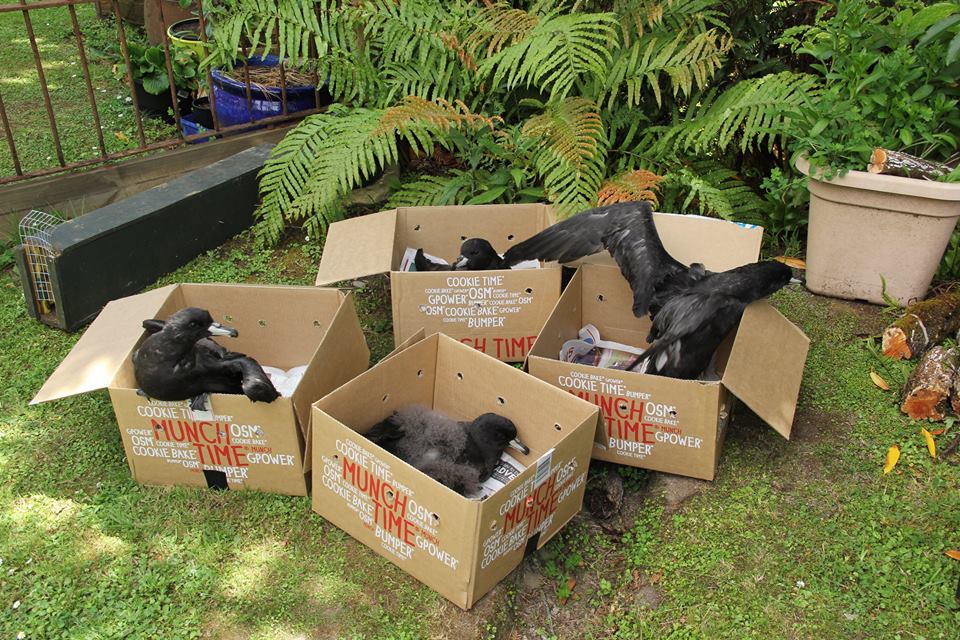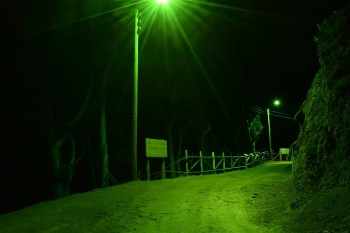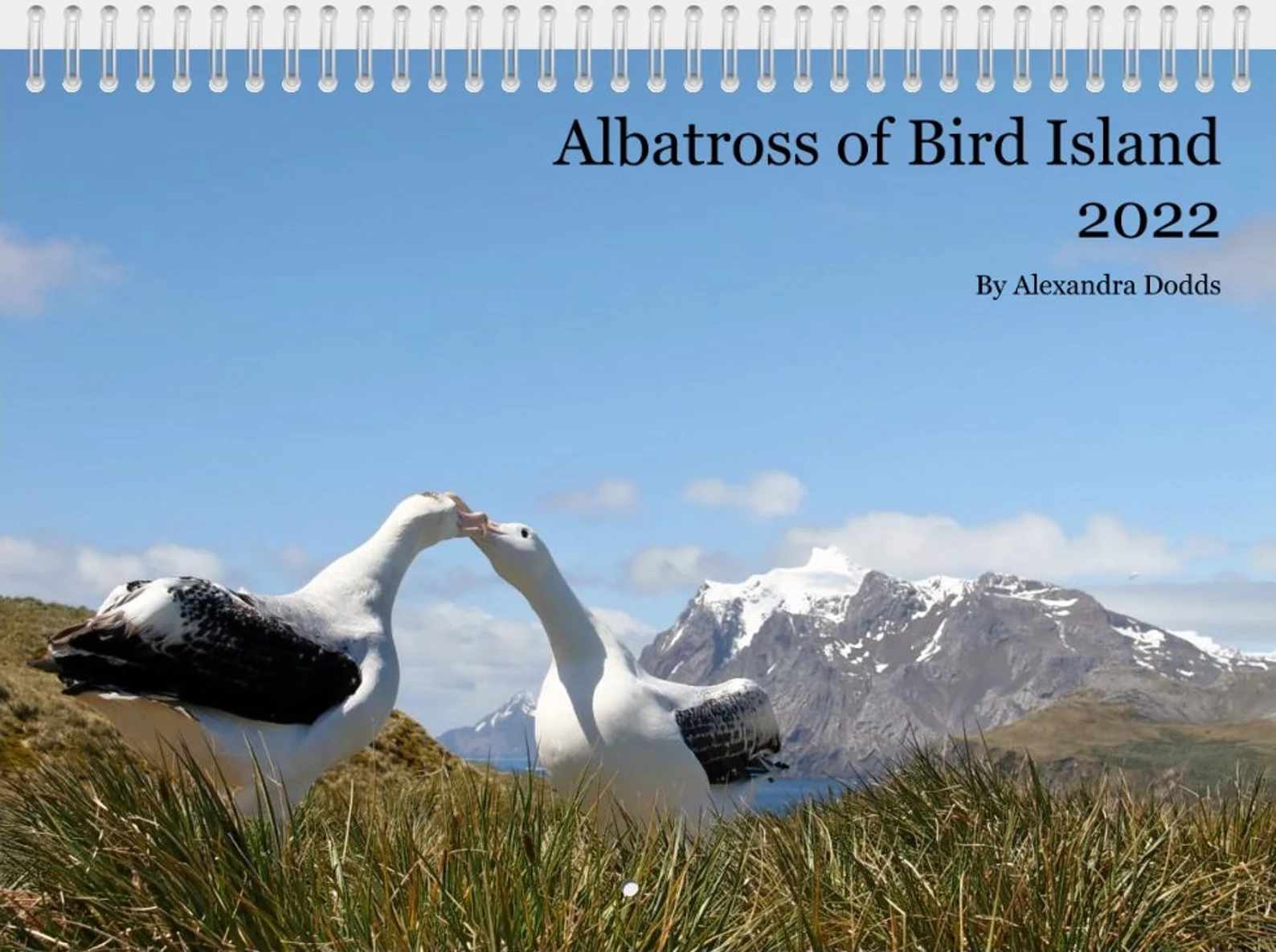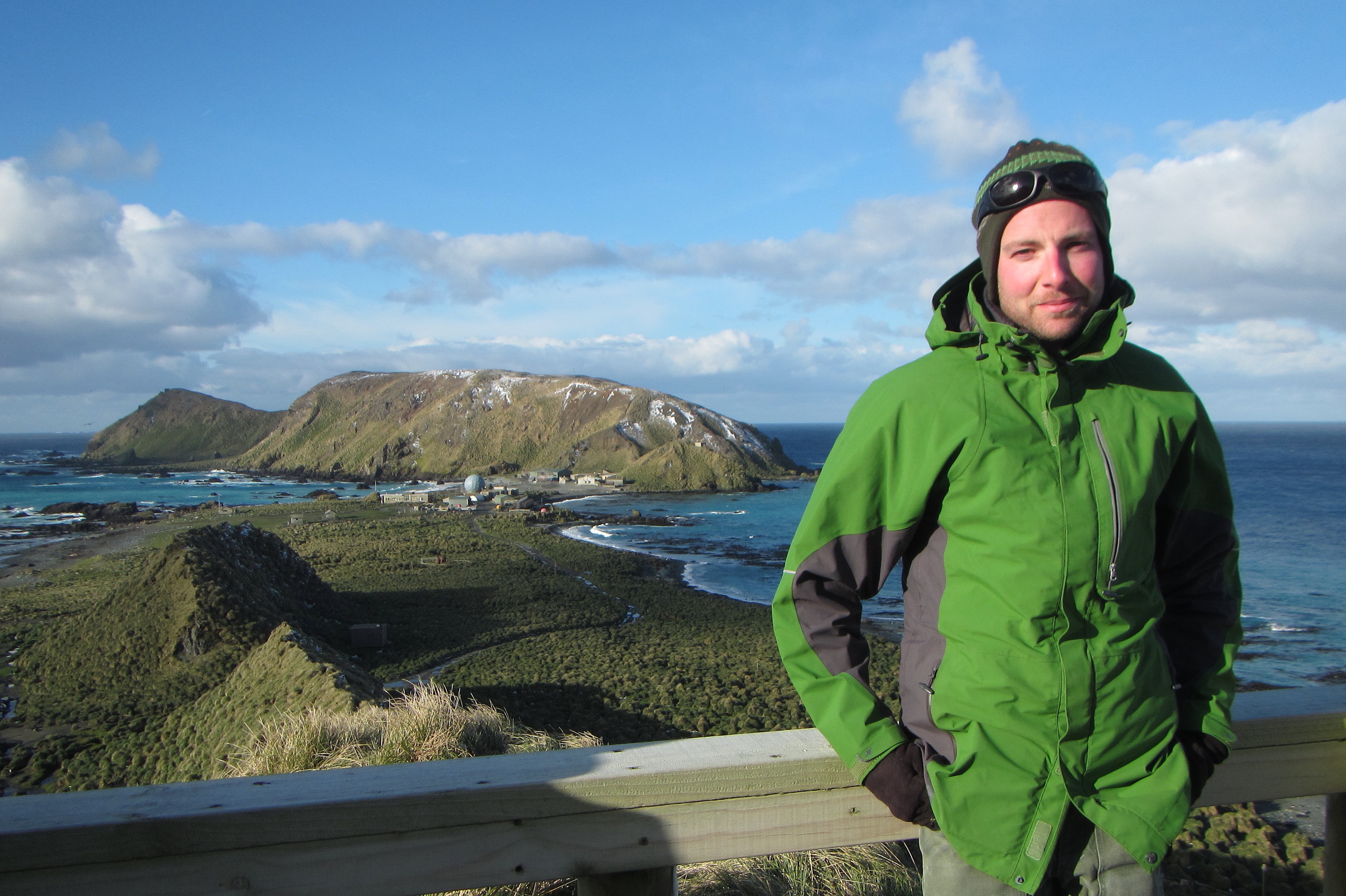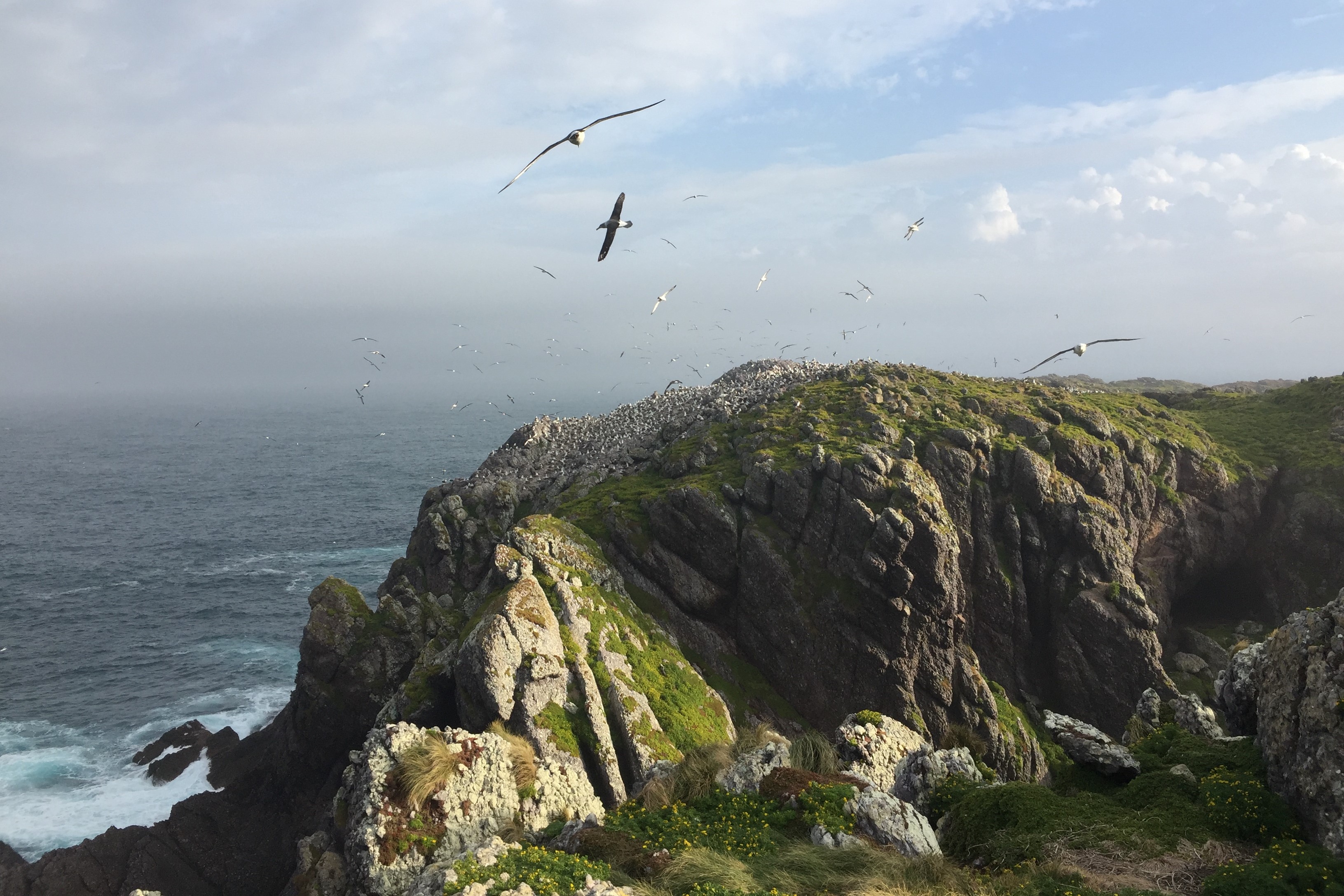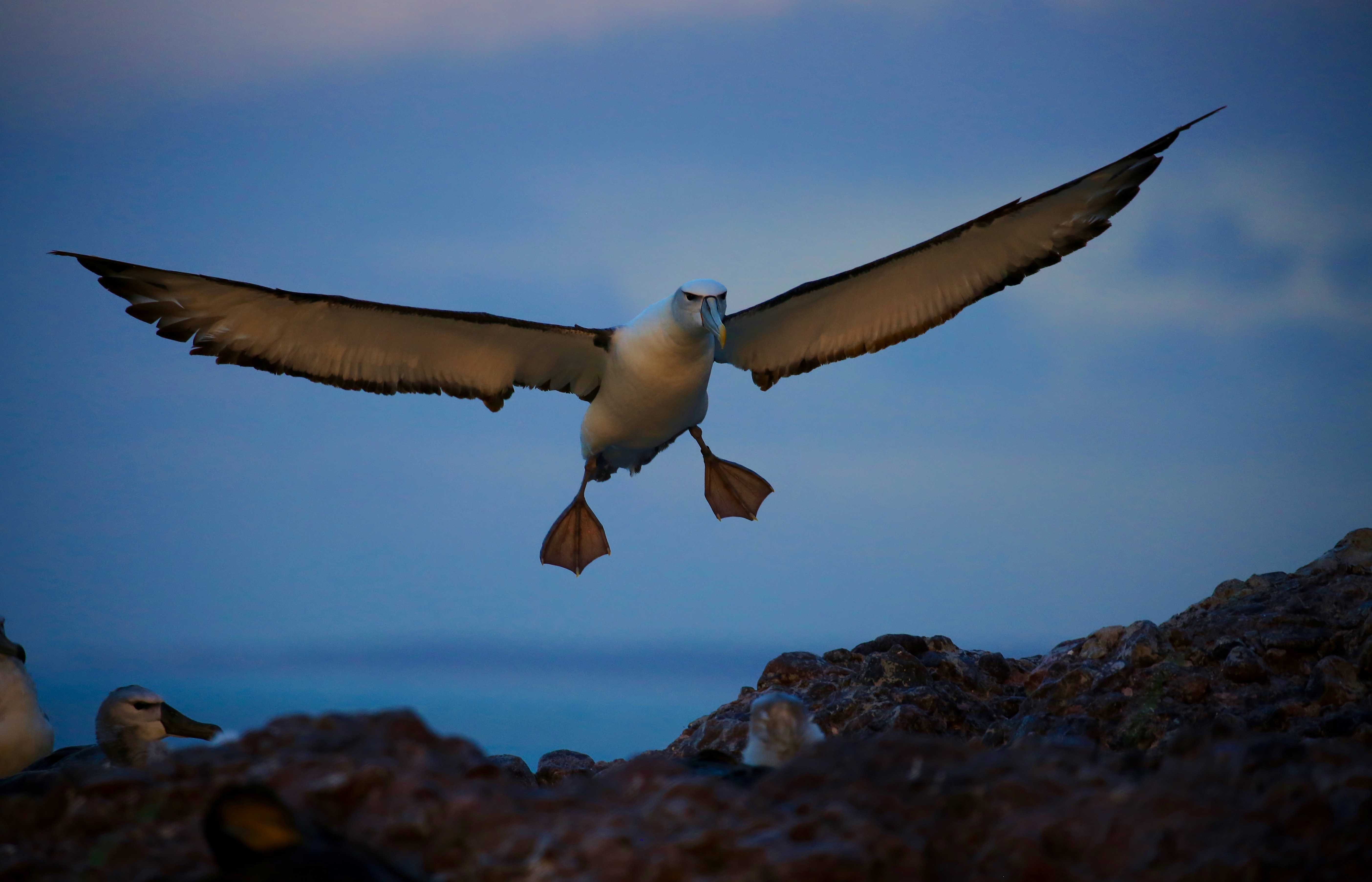A Tristan Albatross on its nest in Gonydale, Gough Island; photograph by Michelle Risi
Following the completion of the bait drop on Gough Island in August this year, things started to look good for the island and its wildlife, especially its breeding seabirds, with no signs of introduced House Mice that had been wreaking devastation among both surface-nesting and burrowing seabird chicks. Critically Endangered and near endemic Tristan Albatrosses Diomedea dabbenena had stopped having their chicks eaten alive in two study colonies, winter-breeding Endangered and endemic Atlantic Petrels Pterodroma incerta had done well (breeding success of 63%) after years of very low success due to mice predation, and the land birds taken into temporary captivity to avoid non-target poisoning had all been successfully released back into the wild.
An Atlantic Petrel on Gough Island; photograph by Chris Jones
Sad news then to read this week that a trail camera has picked up the image of a surviving mouse, putting the whole eradication attempt into jeopardy., A press release by the UK’s Gough Island Restoration Programme (GIRP) follows in its entirety.
“Today, Tuesday 14 December, the Gough Island Restoration Team is devastated to report that following the mouse eradication attempt earlier this year, a single mouse has been spotted via monitoring equipment on the island.
We are deeply upset by this news and know that the many people who supported us in our endeavour to restore the island will be equally saddened. It matters because the removal of every mouse from Gough Island was necessary to prevent the loss of more than 2 million seabird chicks and eggs each year and to protect endangered species like the Tristan albatross from extinction.
Beccy Speight, chief executive of the RSPB said: “This was one of the most ambitious island restoration programmes ever attempted, bringing together experts from around the world to protect globally endangered seabirds in what many would consider one of the most remote and difficult to reach locations on Earth. With over a decade of planning and given the logistics involved, this has been the conservation equivalent of landing on the Moon.
“We needed to take this urgent action to save millions of eggs and chicks from predation, prevent extinctions and to undo the damage caused by mice which humans unwittingly allowed onto the island in the past. We are confident that through this partnership we put everything in place to give the project the best chance of being successful. Although only one mouse has been sighted so far, unfortunately experience would tell us that it is unlikely to be the only one.
“Although it appears we have fallen short of our target, it is too early to know what this means or just how much time we might have bought the seabirds of Gough. We are continuing to monitor the island and assess the situation. The situation at Gough and threat to the unique seabirds of this island only serve to underline the importance of effective biosecurity measures on currently predator-free islands to prevent invasive species arriving in the first place and devastating native wildlife, and the need for island restoration projects to protect affected species from extinction.”
More details come from GIRP Programme Executive, Andrew Callender:
“The RSPB Overwintering Team has been monitoring for signs of mice since the eradication team demobilised off Gough Island in mid-August. We are deeply concerned to report that on 11th December, a single mouse was recorded on one of the camera traps around 260 meters from Base – the team retrieved this camera on December 13th. There has to date been no other sign of mouse activity. We will continue to gather what evidence we can to ascertain the scale of survival and any breeding activity and are responding accordingly."
ACAP Latest News will continue to report on developments on Gough Island as further information comes to hand.
With thanks for additional information from Andrew Callender.
John Cooper, ACAP Information Officer, 16 December 2021

 English
English  Français
Français  Español
Español 